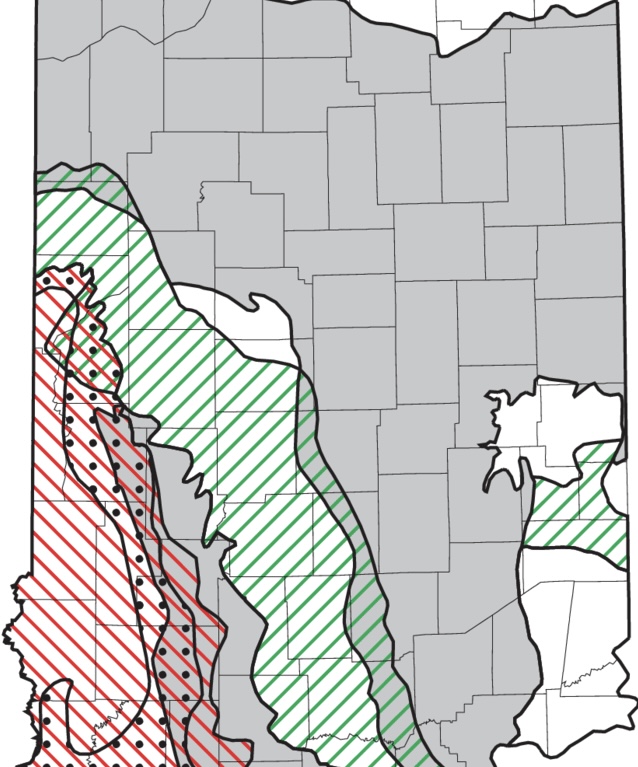Frankfort gets all its drinking water from wells, tapping two main sources. A shallow aquifer (about 100-120 feet down) and a deeper one (around 280-300 feet) connected to an old buried river channel (the Teays Valley) that holds sand and gravel. Clinton County’s geology includes two types of aquifers. Sand and gravel layers under the ground that can hold lots of water, depending on how clean and thick they are. Also there are bedrock aquifers (limestone and dolomite) below those layers, which work well if there are cracks and channels that let water flow.
Data centers need a lot of water—especially for cooling. Some of that water gets used and returned, but a chunk evaporates, which means it doesn’t come back.
If a big data center is built in the Frankfort area, there are risks. Lowering water levels in existing wells (for homes or businesses) if pumping is too heavy. More chance for contamination or water quality problems, especially where soils are thin or close to the surface. Plus the question of what happens during dry spells—if rainfall/recharge drops, can the aquifers still supply demand?
The developer of the proposed data center briefly pulled back on zoning in July, but still intends to move ahead. The City Utilities Board wrote a “will-serve” letter (that means they intend to provide water/electricity if conditions are met), but that’s not a promise—they still need to build or upgrade infrastructure. Frankfort is considering how all this will impact water supply, zoning, and growth.
According to a story by Brett Todd, with Clinton County Today the aquifer study shows something rare and very helpful: Frankfort actually sits over two totally separate aquifers that are separated by about 150 feet of clay.
Pumping from the top aquifer makes the bottom aquifer’s water level go up. Pumping from the bottom one also leads to water level recovery in the top one. So they’re “independent” in useful ways. So drawing from one doesn’t hurt the other nearly as much. The water plant’s current usage is about 46% of its 9 million gallons per day maximum capacity. The “firm” capacity (what you can count on reliably) is 7.2 million gallons—so there’s a lot of room left for growth.
In July, the developer rescinded a county rezoning petition for a 300 MW campus but indicated plans to reapply; the broader $10B, 833-acre vision remains part of public discussion.
Frankfort Mayor Judy Sheets has said the site is presently in a county-controlled TIF and stressed that the city is gathering financial and legal facts; neither she nor the Common Council votes on county rezones.
The Utility Service Board (USB) previously approved a non-binding “will-serve” letter—which does not obligate Frankfort Municipal Utilities to provide service or invest; any actual commitment would require future approvals and infrastructure deals.
Commissioners President Jordan Brewer said last week publicly he would not vote for the approval of a data center. Commissioner Kevin Myers has told KNS News he intends on gathering all of the information he can before he makes a decision. The issue is expected to be tabled at the next meeting due to Brewer being unable to attend.
The bottom line is if the data center comes, Frankfort likely has more water wiggle-room than many places do—thanks to the two separate aquifers and underused capacity. But it’ll still be crucial to design the water system carefully (how much water is evap-used vs returned), monitor impacts on local wells, and make sure ratepayers don’t get stuck paying for oversizing or upgrades that benefit only one big customer.
Credit to Brett Todd of Clinton County Today for the aquifer study update.

